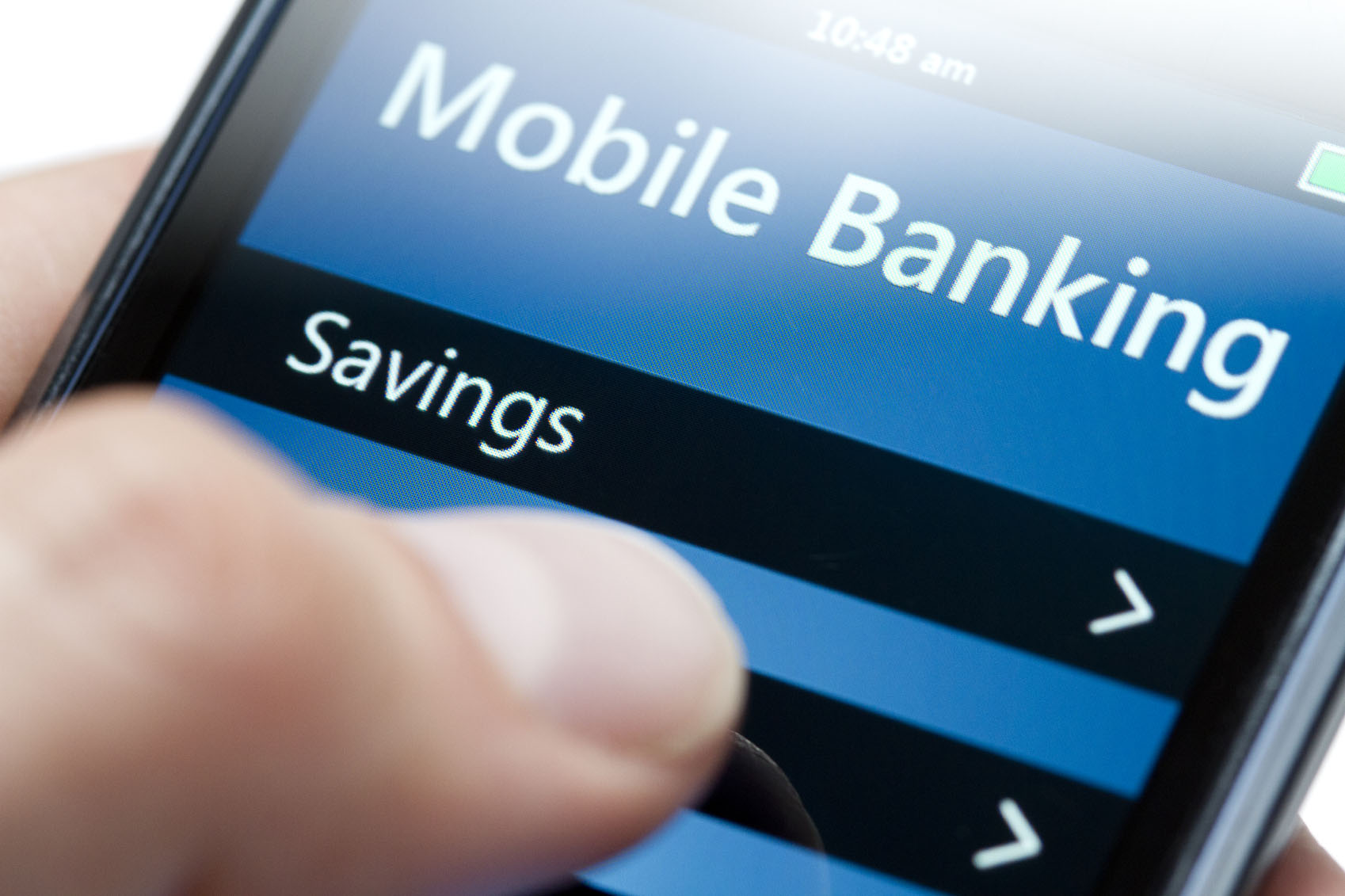More adults than ever in low- and middle-income countries now have bank or other financial accounts, leading to a rise in formal saving, according to the World Bank Group’s Global Findex 2025 report.
This momentum in financial inclusion is creating new economic opportunities. Mobile-phone technology played a key role in the surge, with 10 percent of adults in developing economies using a mobile-money account to save, a 5-percentage point increase from 2021.
The global shift toward digital finance is now raising questions and hopes about its potential to reshape financial inclusion in Laos.
The report, released last week, shows that 40 percent of adults in low- and middle-income countries saved money in a financial account in 2024, marking the fastest increase in formal saving in over a decade. This represents a 16 percentage point rise since 2021.
A key contributor to this trend is the use of mobile-money accounts.
Ten percent of adults in these economies are now saving through mobile platforms, a significant jump of five percentage points in just three years.
A Global Shift, a Local Opportunity
The East Asia and Pacific region now leads the world in both smartphone adoption and financial account ownership, with eighty-six percent of adults owning a smartphone and eighty-three percent holding some form of financial account.
Laos is already advancing its digital financial infrastructure. In recent years, the country has taken measured steps to digitize its financial infrastructure.
The Bank of the Lao PDR has introduced mobile-money systems and digital financial services to underserved areas.
The government’s ongoing National Financial Inclusion Strategy aims to improve account access, particularly for women and rural populations.
These national goals are supported by concrete action.
In 2023, the Bank of the Lao PDR launched a pilot of the country’s first digital currency, and enabled QR code payments across borders, starting with Cambodia and later expanding to Vietnam. These systems aim to reach rural users who may lack access to traditional bank branches or smartphones.
The Digital Kip trial and QR code payments were designed to reach the 70 percent of Lao adults who were unbanked in 2023.
In January 2025, Laos and Vietnam officially launched a cross-border QR payment network, helping to deepen financial access for small merchants and travelers, while promoting cashless transactions.
Digital Finance and Gender Inclusion
The new report also highlights significant progress in closing the gender gap.
In low- and middle-income countries, women’s account ownership has nearly doubled, from 37 percent in 2011 to 73 percent in 2024.
“Financial inclusion has the potential to improve lives and transform entire economies,” said World Bank Group President Ajay Banga.
“Digital finance can convert this potential into reality, but several ingredients need to be in place. At the World Bank Group, we’re working on all of them. We’re helping countries get their people access to new or improved digital IDs. We’re constructing social protection programs with digital cash-transfer systems that deliver resources directly to those in need. We’re modernizing payment systems and helping to remove regulatory roadblocks, so that people and businesses have the financing they need to innovate and create jobs.”
Yet risks remain.
The Findex Digital Connectivity Tracker 2025 found that while 86 percent of adults in developing economies own a mobile phone, only about half use a password or other protection, raising concerns about the safety of digital savings.
Global Findex 2025, World Bank, Bank of Lao PDR



